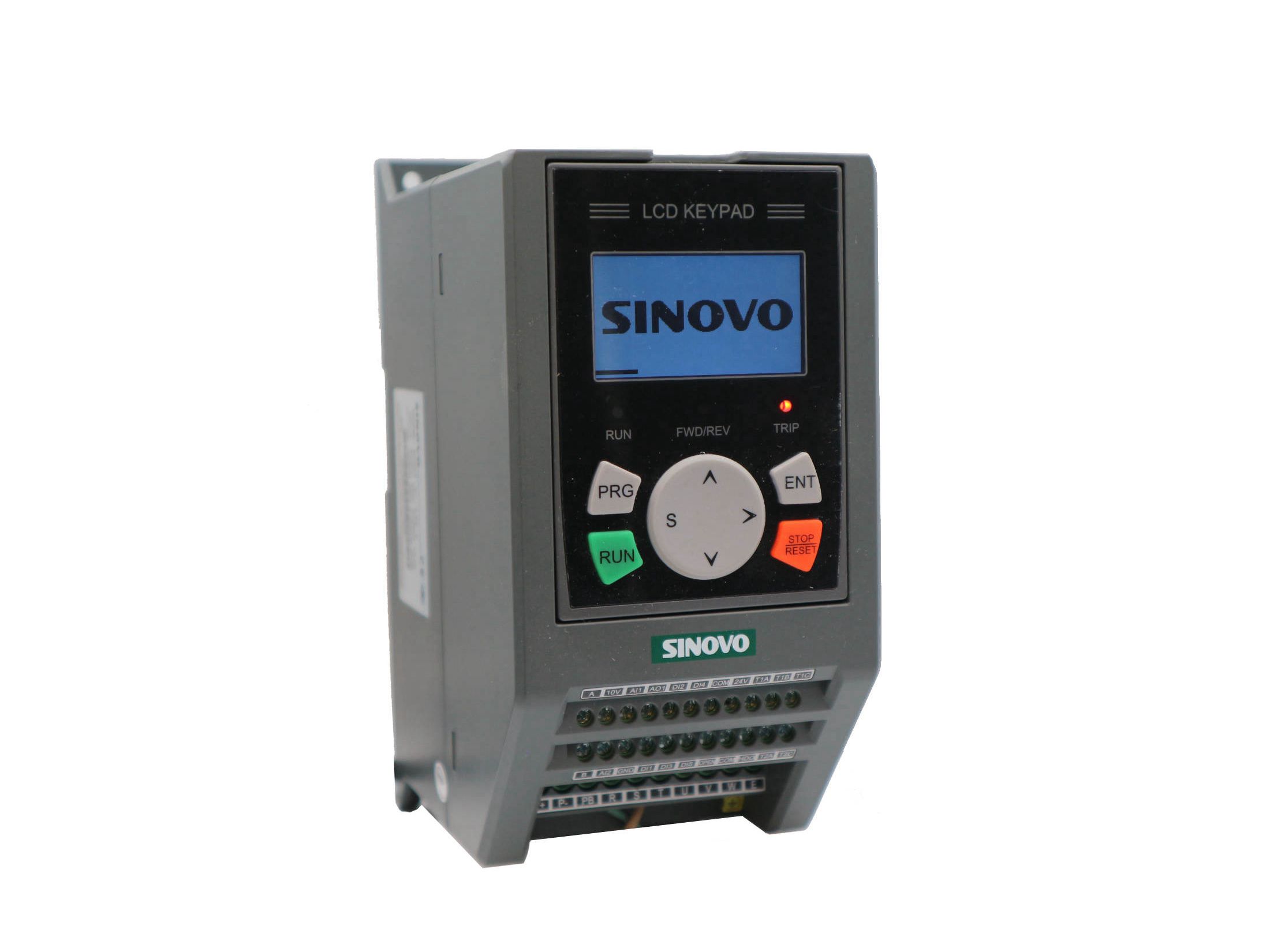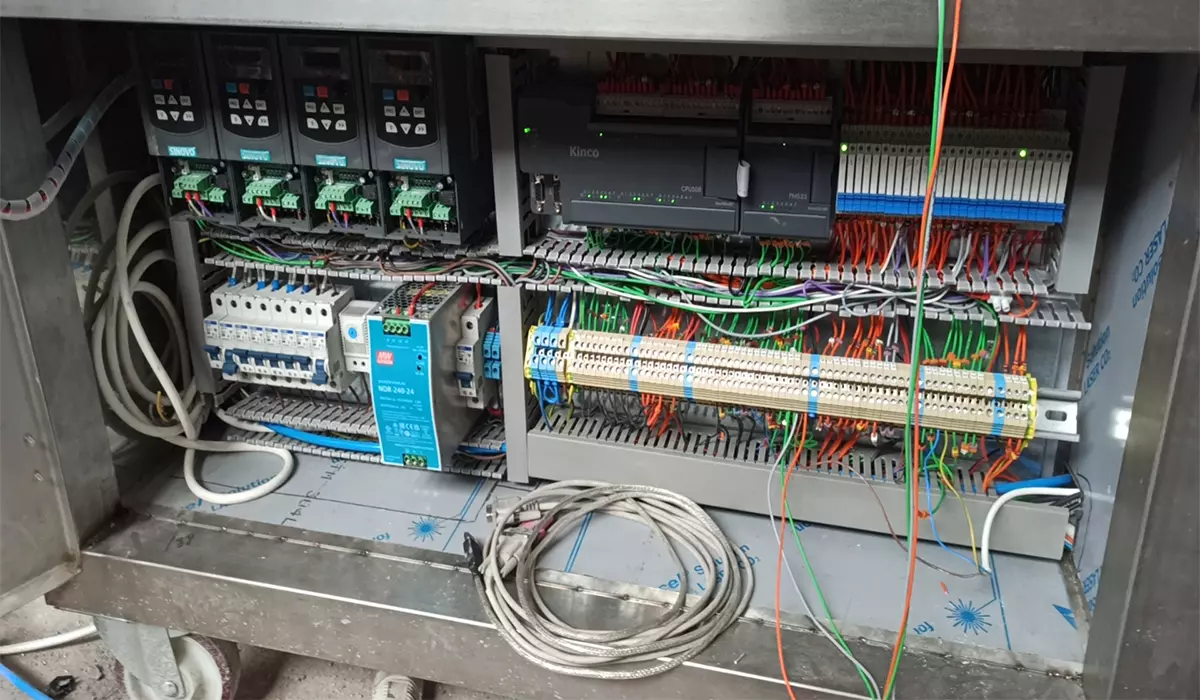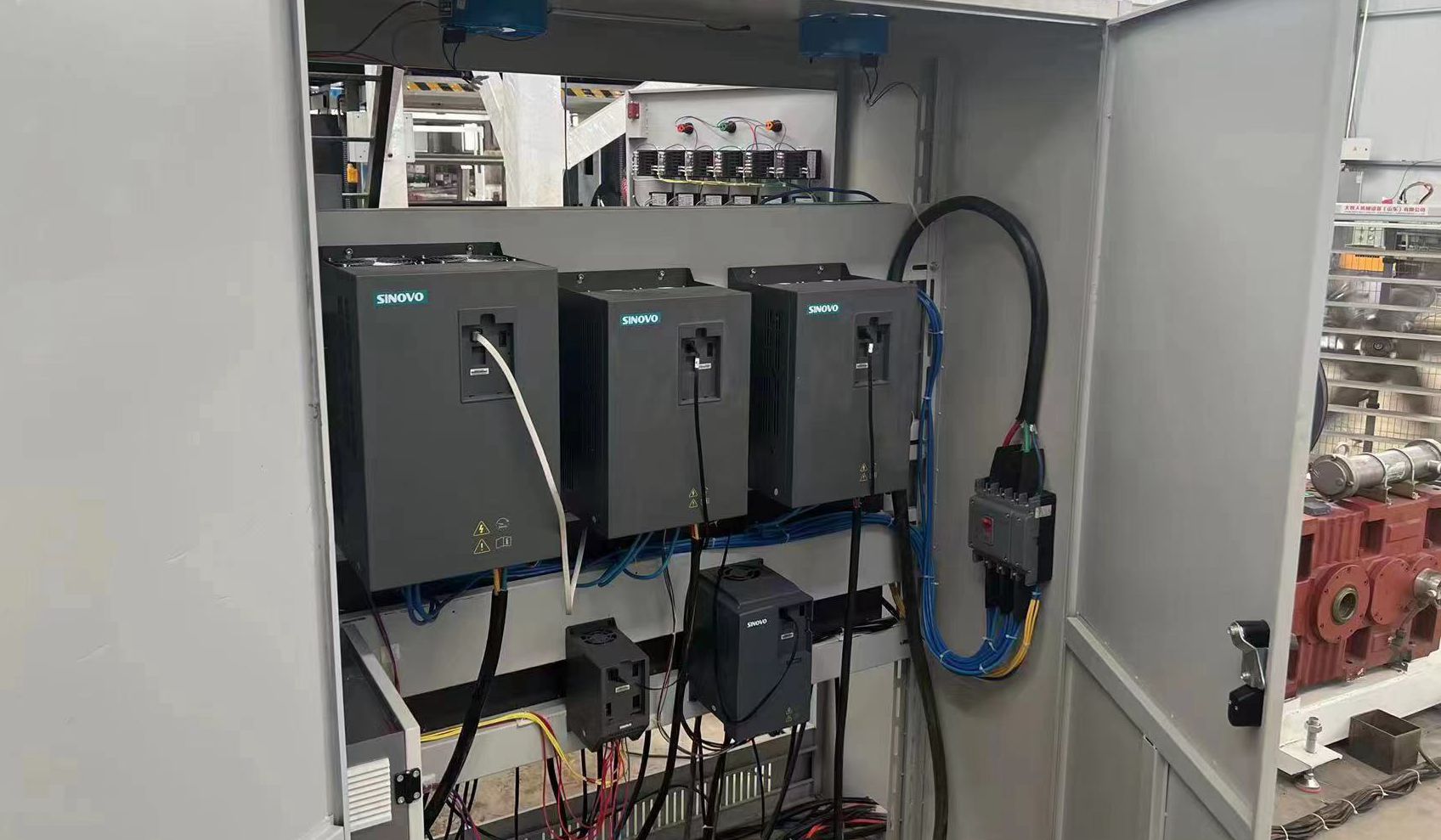Variable Frequency Drives (VFD) are an important tool for controlling the speed of electric motors. In particular, a 2.2 kW VFD inverter is a common size used in many industrial applications. However, choosing the right VFD inverter can be a challenging task, as there are many factors to consider. In this article, we will explore some of the key factors to consider when choosing a 2.2 kW VFD inverter for your application.

Voltage and Phase
The first thing to consider when choosing a 2.2 kW VFD inverter is the voltage and phase of your power supply. The VFD inverter should be rated to handle the voltage and phase of your power supply. For example, if you have a 220V, single-phase power supply, you will need a VFD inverter that is designed to work with that voltage and phase.
Motor Type
Another important factor to consider is the type of motor that the VFD inverter will be controlling. Different types of motors have different characteristics, and the VFD inverter must be compatible with the motor. For example, an induction motor and a permanent magnet motor require different types of VFD inverters.
Current Rating
The current rating of the VFD inverter is another important factor to consider. The VFD inverter should be rated to handle the maximum current that the motor will draw. It’s important to choose a VFD inverter with a current rating that is higher than the maximum current that the motor will draw, to ensure that the VFD inverter does not overload and fail.
Overload Protection
Another important feature to consider is overload protection. Overload protection is a safety feature that protects the motor and the VFD inverter from damage in the event of an overload. Overload protection is typically provided by a built-in electronic overload relay or a separate overload relay that is connected to the VFD inverter.
Speed Control Range
The speed control range of the VFD inverter is another important factor to consider. The speed control range is the range of speeds that the VFD inverter can provide. For example, if you need to control a motor that runs at a speed range of 0-3000 RPM, you will need a VFD inverter that can provide that speed range.
Communication Protocols
The communication protocols supported by the VFD inverter is another factor to consider. The VFD inverter should support the communication protocol used by your control system. Some common communication protocols include Modbus, Profibus, and DeviceNet.
Enclosure Type
The enclosure type of the VFD inverter is also an important factor to consider. The VFD inverter should be housed in an enclosure that is suitable for the environment in which it will be used. For example, if the VFD inverter will be used in a harsh environment, such as a factory floor, it should be housed in an enclosure that is dust and water-resistant.
Brand and Support
Finally, it’s important to consider the brand and support provided by the manufacturer. Choose a reputable brand that has a good track record in the industry. Also, consider the support provided by the manufacturer, including technical support, documentation, and warranty.
In conclusion, selecting the right 2.2 kW VFD inverter requires careful consideration of several factors. The application requirements, motor specifications, operating environment, and budget are all critical factors to consider before making a purchase decision. It is important to choose a reputable and reliable manufacturer that offers a warranty and technical support to ensure proper installation and operation of the VFD inverter. The use of a VFD inverter in a motor control system can provide significant energy savings, improve motor performance and lifespan, and reduce maintenance costs. By following the guidelines and best practices outlined in this article, you can select the best 2.2 kW VFD inverter for your specific needs and maximize the benefits of motor control technology.
Variable Frequency Drives (VFD) are an important tool for controlling the speed of electric motors. In particular, a 2.2 kW VFD inverter is a common size used in many industrial applications. However, choosing the right VFD inverter can be a challenging task, as there are many factors to consider. In this article, we will explore some of the key factors to consider when choosing a 2.2 kW VFD inverter for your application.

Voltage and Phase
The first thing to consider when choosing a 2.2 kW VFD inverter is the voltage and phase of your power supply. The VFD inverter should be rated to handle the voltage and phase of your power supply. For example, if you have a 220V, single-phase power supply, you will need a VFD inverter that is designed to work with that voltage and phase.
Motor Type
Another important factor to consider is the type of motor that the VFD inverter will be controlling. Different types of motors have different characteristics, and the VFD inverter must be compatible with the motor. For example, an induction motor and a permanent magnet motor require different types of VFD inverters.
Current Rating
The current rating of the VFD inverter is another important factor to consider. The VFD inverter should be rated to handle the maximum current that the motor will draw. It’s important to choose a VFD inverter with a current rating that is higher than the maximum current that the motor will draw, to ensure that the VFD inverter does not overload and fail.
Overload Protection
Another important feature to consider is overload protection. Overload protection is a safety feature that protects the motor and the VFD inverter from damage in the event of an overload. Overload protection is typically provided by a built-in electronic overload relay or a separate overload relay that is connected to the VFD inverter.
Speed Control Range
The speed control range of the VFD inverter is another important factor to consider. The speed control range is the range of speeds that the VFD inverter can provide. For example, if you need to control a motor that runs at a speed range of 0-3000 RPM, you will need a VFD inverter that can provide that speed range.
Communication Protocols
The communication protocols supported by the VFD inverter is another factor to consider. The VFD inverter should support the communication protocol used by your control system. Some common communication protocols include Modbus, Profibus, and DeviceNet.
Enclosure Type
The enclosure type of the VFD inverter is also an important factor to consider. The VFD inverter should be housed in an enclosure that is suitable for the environment in which it will be used. For example, if the VFD inverter will be used in a harsh environment, such as a factory floor, it should be housed in an enclosure that is dust and water-resistant.
Brand and Support
Finally, it’s important to consider the brand and support provided by the manufacturer. Choose a reputable brand that has a good track record in the industry. Also, consider the support provided by the manufacturer, including technical support, documentation, and warranty.
In conclusion, selecting the right 2.2 kW VFD inverter requires careful consideration of several factors. The application requirements, motor specifications, operating environment, and budget are all critical factors to consider before making a purchase decision. It is important to choose a reputable and reliable manufacturer that offers a warranty and technical support to ensure proper installation and operation of the VFD inverter. The use of a VFD inverter in a motor control system can provide significant energy savings, improve motor performance and lifespan, and reduce maintenance costs. By following the guidelines and best practices outlined in this article, you can select the best 2.2 kW VFD inverter for your specific needs and maximize the benefits of motor control technology.
continue reading
Related Posts
Variable Frequency Drives (VFDs) and motors are integral components in industrial automation, each serving distinct yet interconnected roles in controlling […]
Variable frequency motors (VFMs) are crucial in modern industrial applications due to their efficiency and precise control over motor speed […]
Variable Frequency Technology (VFT) is increasingly being recognized as a game-changer in the industrial automation sector, particularly in applications involving […]



